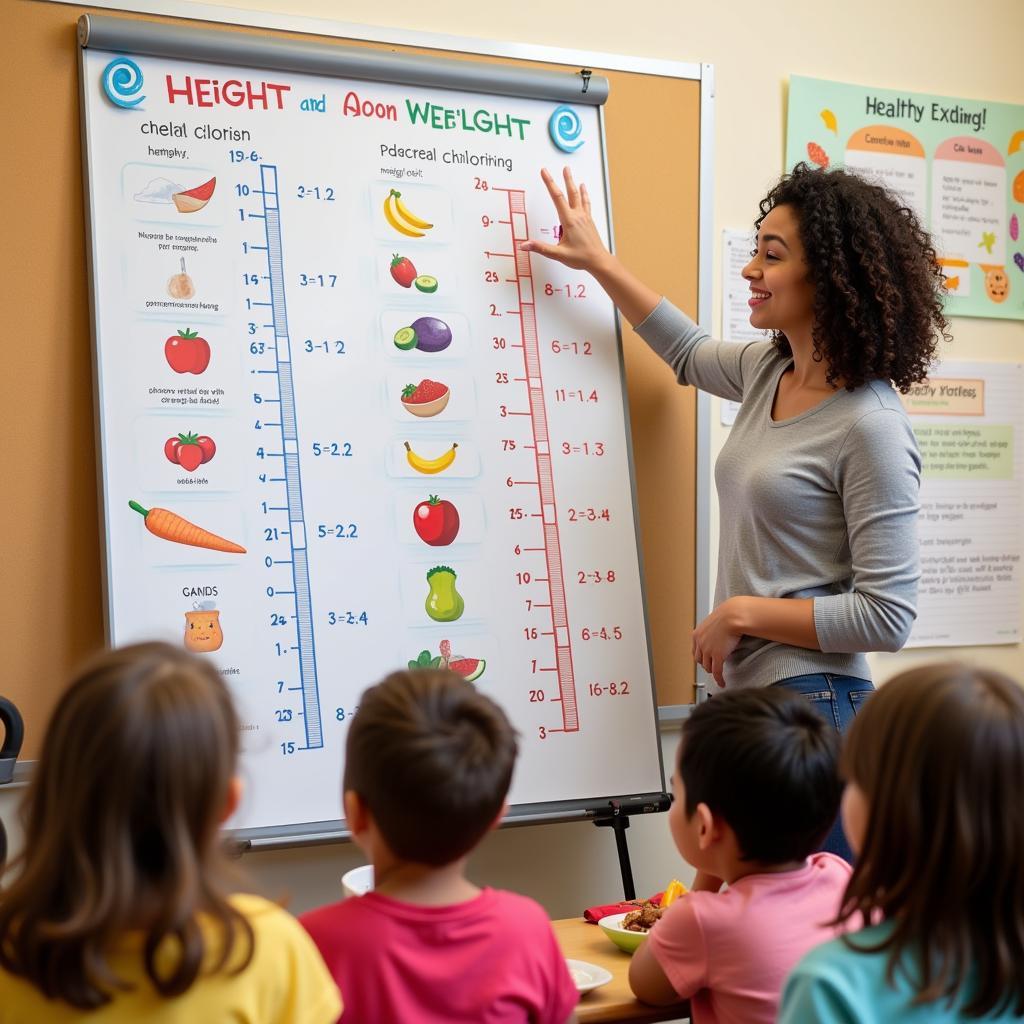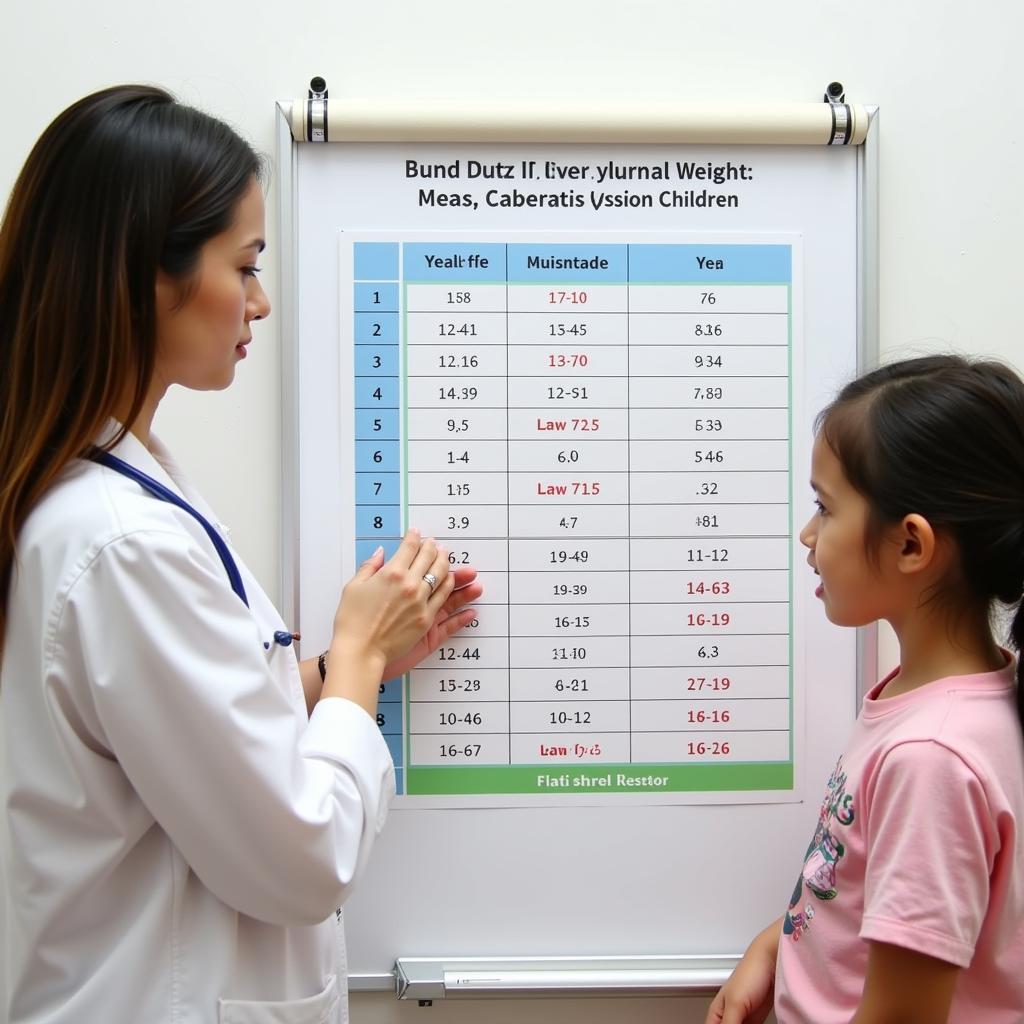“A son surpassing his father is a blessing for the family.” There’s no greater joy than watching your beloved child grow day by day, healthy and intelligent. To accompany parents on this journey of raising children, today we will explore “preschool growth charts,” an essential tool for monitoring your little one’s development.
From the earliest years, tracking a child’s weight and height is incredibly important. Preschool growth charts are more than just numbers; they are indicators of a child’s nutritional status and overall health. You can also explore preschool toys to support your child’s comprehensive development.
The Significance of Growth Charts in Preschool
Growth charts help teachers and parents easily identify any abnormalities in a child’s development, enabling timely interventions. For instance, if a child suddenly loses weight or gains weight too rapidly, the teacher will contact the parents to investigate the cause and find appropriate solutions. “Raising children is not a race”; each child has their own pace of development. Growth charts help us respect that difference and care for our children better.
 Preschool growth chart for monitoring health
Preschool growth chart for monitoring health
I vividly remember a story about Minh, a very picky eater. Thanks to regular growth chart monitoring, his teacher discovered he was malnourished and collaborated with his family to improve his diet. After some time, Minh’s appetite improved, he gained weight steadily, and became much more active.
Frequently Asked Questions about Preschool Growth Charts
How often should preschool children be weighed and measured?
Children should be weighed and measured at least every three months to monitor their development. Ms. Nguyen Thi Lan, a preschool education expert, also emphasizes the importance of periodic measurements in her book “Comprehensive Preschool Childcare.” This helps in early detection of nutritional and health issues in children.
How to understand a growth chart?
Growth charts are typically designed for specific age groups and genders. A child’s weight and height measurements are compared to standard ranges to assess their developmental status. If you have any concerns, parents should discuss them directly with teachers or doctors.
 Preschool growth chart standard by the Ministry of Health
Preschool growth chart standard by the Ministry of Health
How are growth charts related to the preschool education program?
Monitoring children’s health is a crucial part of the 5 preschool education goals until 2020. Growth charts help ensure children develop comprehensively in terms of physical health, laying a solid foundation for intellectual and spiritual growth. Learn more about the learning and care environment at Kitty Preschool.
Important Notes When Using Growth Charts
Growth charts are just a reference tool; don’t be overly worried if your child is slightly underweight or shorter than their peers. The important thing is that your child is developing steadily and healthily. “Slow and steady wins the race” is also a great parenting philosophy, isn’t it?
Additionally, spiritual factors also play a role in Vietnamese beliefs. Many families believe that offering prayers to deities and ancestors will help their children be healthy and grow quickly. However, we need to harmoniously combine spiritual and scientific approaches to best care for our children.
Conclusion
Preschool growth charts are a useful tool for monitoring a child’s development. Let’s work together to care for our little ones so they are always healthy, happy, and developing comprehensively. If you have any questions, please contact Phone Number: 0372999999, or visit us at: 234 Hao Nam, Hanoi. We have a 24/7 customer care team. Don’t forget to share this article if you find it helpful! You can also explore more about preschool vice principal recruitment and good slogans in preschools on our website.